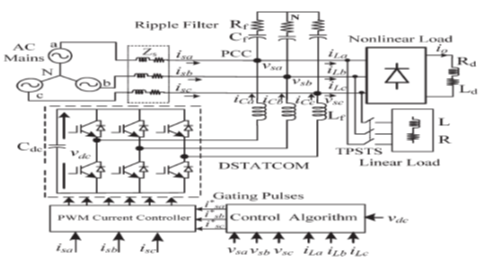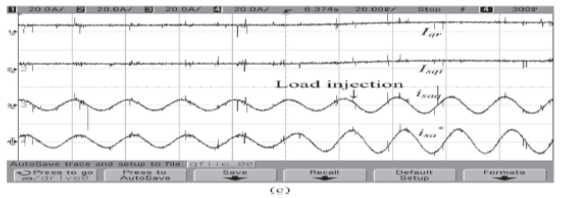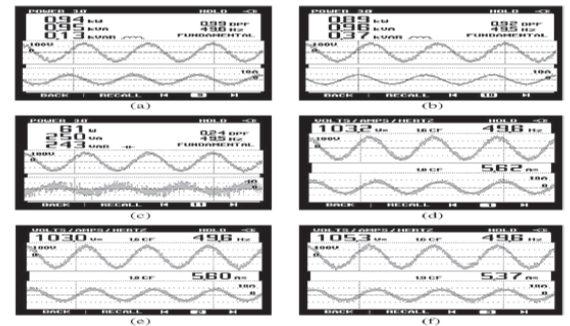Simulation and Analysis of Perturb and Observe MPPT
Algorithm for PV Array Using ĊUK Converter
ABSTRACT:
This
paper presents the comparative analysis between constant duty cycle and Perturb
& Observe (P&O) algorithm for extracting the power from Photovoltaic
Array (PVA). Because of nonlinear characteristics of PV cell, the maximum power
can be extract under particular voltage condition. Therefore, Maximum Power
Point Tracking (MPPT) algorithms are used in PVA to maximize the output power.
In this paper the
MPPT algorithm is implemented using Ćuk converter. The
dynamics of PVA is simulated at different solar irradiance and cell temperature.
The P&O MPPT technique is a direct control method enables ease to implement
and less complexity.
KEYWORDS
1. Photovoltaic Array (PVA)
2. MPPT
3. ĆUK Converter
SOFTWARE: MATLAB/SIMULINK
BLOCK DIAGRAM:
Fig. 1: Block Diagram of MPPT
Using PI Controller
Fig. 2: Block Diagram of Direct
Duty Cycle (δ) Control MPPT
EXPECTED SIMULATION RESULTS:
Fig. 3: MATLAB/SIMULINK Model of PVCC for δ
=0.6
Fig. 4: Output Power Curve of the PV Module and Ćuk Converter for Constant
δ = 0.6 and Different β.
Fig. 5: Output Power Curve of the PV Module and Ćuk Converter for Constant
δ = 0.6 and Different T
Fig. 6: MATLAB/SIMULINK Model
of PVCC Using P & O Algorithm
Fig. 7: Output Power Curve of the PV Module and Ćuk
Converter for Different β and P&O MPPT
Fig. 8: Output Power Curve of the PV Module
and Ćuk Converter for Different T and P & O MPPT.
CONCLUSION:
In
this paper, P&O and constant duty cycle algorithm of MPPT is implemented
using ĆUK converter. The model is
simulated with MATLAB/SIMULINK. It is shown that PV system
output power increases with rise in solar irradiance and fall in cell temperature.
Therefore, solar cell performance better in winter season than summer. The
P&O gives the optimum duty cycle as compare to Constant duty cycle control,
to extract the maximum power from PV system.
REFERENCES:
[1]
Ali Chermitti, Omar Boukli-Hacene and Samir Mouhadjer (2012) “Design of a
Library of Components for Autonomous Photovoltaic System under Matlab/Simulink”,
International Journal of Computer Applications (0975 – 8887), Volume
53– No.14.
[2]
Ankur Bhattacharjee (2012) “Design and Comparative Study of Three Photovoltaic
Battery Charge Control Algorithms in MATLAB/SIMULINK Environment”, International
Journal of Advanced Computer Research (ISSN (print): 2249-7277 ISSN
(online): 2277-7970), Volume-2 Number-3 Issue-5.
[3]
Athimulam Kalirasu and Subharensu Sekar Dash (2010) “Simulation of Closed
Loop Controlled Boost Converter for Solar Installation,” SERBIAN JOURNAL
OF ELECTRICAL ENGINEERING, Vol. 7, No. 1.
[4]
Azadeh Safari and Saad Mekhilef (2011) “Simulation and Hardware Implementation
of Incremental Conductance MPPT with Direct Control Method Using Cuk
Converter”, IEEE Transaction on Industrial Electronics, Vol.58,
no.4.
[5]
E. Durán, M.B. Ferrera, J.M. Andújar, M.S. Mesa (2011) “I-V and P-V Curves
Measuring System for PV Modules based on DC-DC Converters and Portable
Graphical Environment” IEEE, 978-1-4244.







































